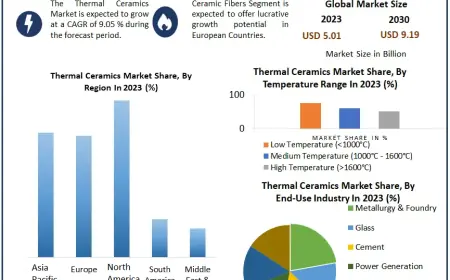Future of Transportation Depends on AI-Driven Cybersecurity
Transforming vehicles into secure, data-driven marvels amidst rising cybersecurity threats.

In an era where technology seamlessly integrates into every facet of our lives, the vision of the future of transportation, once dreamt in the mid-20th century, is becoming a reality. Landscapes are evolving, with the promise of enhanced connectivity, ease of travel, and the development of sprawling metropolises aimed at fostering a more harmonised society. This transformative period in transportation is not just about sleek designs, improved fuel efficiency, or advanced safety systems; it is about the underlying digital revolution that has turned vehicles from mechanical wonders into sophisticated, software-driven entities.
The marvel of modern vehicles extends far beyond their aesthetic appeal or physical innovations. Today, vehicles are commonly referred to as data centres on wheels, equipped with digital interfaces that constantly communicate with manufacturers, receive over-the-air (OTA) software updates, and integrate advanced safety features, like LIDAR systems, to navigate complex environments. The once direct mechanical connection between the accelerator and the engine has been replaced by a digital command centre, where a simple press of a pedal is translated into a series of computations that ensure optimal performance and safety.
The question then becomes, what lies ahead? The potential targets for cyber-attacks are not limited to consumer vehicles but extend to government and municipal mass transit systems. The stakes are exponentially higher, with the threat landscape encompassing espionage, state-sponsored activities, and the emerging menace of AI-driven cyber threats. The complexity of modern vehicles, often containing upwards of 100 endpoints, including infotainment systems that store personal data, demands a cybersecurity strategy that transcends traditional approaches and international borders.
Aston Martin’s F1 team provides a great example of the intricate cybersecurity needs of ultra-modern, high-tech vehicles and their creators. These highly complex vehicles illuminate the imperative for a holistic cybersecurity framework that addresses the challenges faced across the entire product lifecycle, from pre-production to post-production. The Aston Martin F1 team, known for their cutting-edge technology and pursuit of perfection, exemplifies the critical need for advanced cybersecurity measures capable of thwarting AI-driven threats and protecting the intricate network of systems and applications that underpin the performance of these high-speed machines.
While protecting an F1 vehicle can be accepted as an extreme example of a connected vehicle with each endpoint generating large sets of data, many of these technologies are likely to find their way into consumer, municipality, government, and even mass-transit vehicles down the road.
The cybersecurity of modern vehicles is indeed a data problem.
Protecting this data requires a proactive approach, one that involves hunting for threats, deceiving potential attackers, and adopting a mindset that places vehicle cybersecurity on par with data security across the rest of the organisation. It’s about creating a resilient shield around the digital and physical aspects of transportation, ensuring that innovation continues to drive us forward, not backward into an age of vulnerability.
To Know More, Read Full Article @ https://ai-techpark.com/future-ready-transportation-security/
Related Articles -
Smart Cities With Digital Twins
Decoding the Exponential Rise of Deepfake Technology
Trending Category - aitech chatbots
What's Your Reaction?
 Like
0
Like
0
 Dislike
0
Dislike
0
 Love
0
Love
0
 Funny
0
Funny
0
 Angry
0
Angry
0
 Sad
0
Sad
0
 Wow
0
Wow
0


















































